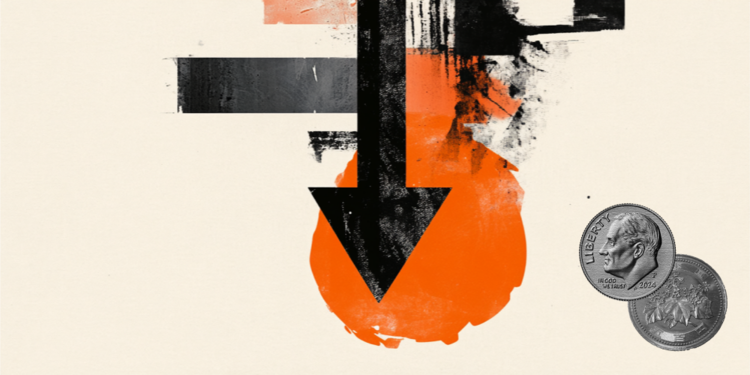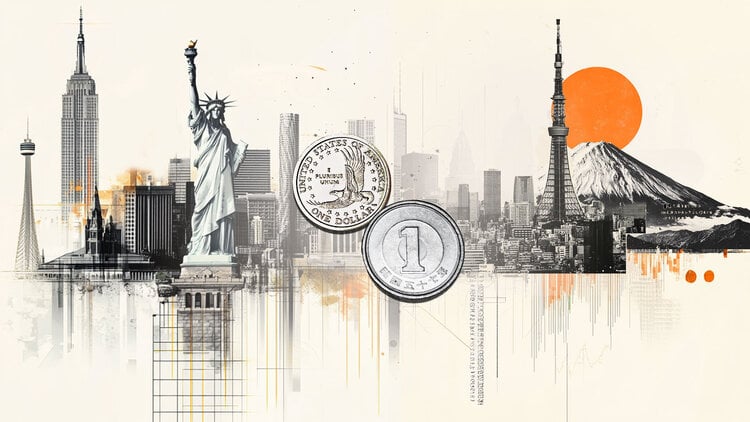A new type of token has appeared in the Bitcoin blockchain, around which a serious speculative hype has formed. Most of these tokens are so-called memcoins, named after famous memes and do not carry any utility or functionality. Despite this, in a few weeks they collectively rose in price by tens of thousands of percent and provoked a record increase in commissions for transfers within the network of the first cryptocurrency. RBC Crypto.
The new memcoin mania started with the PEPE coin. Anonymous developers launched it in April, and speculators inflated its capitalization to a billion dollars in just three weeks of its existence.
Interest in memcoins created on the bitcoin blockchain flows from more familiar networks for creating tokens, such as Ethereum or Solana. The excitement has inflated to such an extent that the trading volume of the Bitcoin Frogs collection tokens (an analogue of the collection NFTs in the format of bitcoin tokens) from May 17 to May 18 exceeded indicators of the main “blue chip” of the NFT market – the Bored Ape Yacht Club (BAYC) collection.
new standard
Dubbed BRC-20 (similar to Ethereum’s ERC-20), tokens are digital assets that can be created and transferred on the Bitcoin blockchain using the Ordinals protocol. This standard allows you to write data in satoshi – the smallest unit of bitcoin – and turn them into tokens.
The Ordinals protocol has enabled the growth of memcoins that are placed on the bitcoin blockchain but do not have any utility. Instead, traders buy them purely for speculative purposes. Since the introduction of the protocol in March, tens of thousands of BRC-20 tokens have been issued, with a combined market capitalization of more than $1 billion. The ORDI memcoin, referring to the name of the Ordinals protocol but probably not associated with its developers, is at the time of publication the largest with a capitalization about $300 million
Amid high demand, OKX crypto exchange announced the launch of its own marketplace for trading BRC-20 tokens, Binance previously announced plans to add support for them on its NFT platform.
“The trend is shaping the market,” comments Nikita Vassev, co-founder of 0xprocessing, talking about the scale of the hype. He notes that the entire current capitalization of new tokens in the bitcoin network, in fact, is occupied by memcoins alone, and the Ordinals protocol itself has very limited functionality compared to the possibilities of using the ERC-20 standard for Ethereum.
“But BRC-20 could become a long-term story if now the teams that focus on building infrastructure solutions on bitcoin (wallets, bridges, credit protocols, etc.) get money from the largest venture capital funds. Also, do not forget that this adds to the attractiveness of Bitcoin itself, ”adds the expert.
High Commissions
The result of the growing demand for memcoins was a rapid jump in fees for transactions with bitcoin and the formation of a queue of unconfirmed transactions. Transactions related to BRC-20 flooded the network and led to a high load on it, due to which the fees paid to miners reached the highest level since April 2021. Since the beginning of May, the average amount of fees has increased by about 1500% to $31 for a simple coin transfer.
When bitcoin transaction blocks are full, transactions with the highest fees are confirmed first. Pending transactions are in the so-called mempool awaiting confirmation. If, with an adequate load on the network, transfers are confirmed on average in no more than 10 minutes, then in such an anomalous scenario, you can wait for confirmation of a transfer up to several hours, if you do not send it with an inflated commission.
The pool of unconfirmed bitcoin transactions has skyrocketed from around 10,000 transactions to over 350,000 transactions, causing fees to rise globally. But it turned out to be a good scenario for the miners, whose income increased markedly.
In total, more than 4 million BRC-20 transactions took place in May, which is 60% of all Bitcoin transactions. For the first time in many years, in a Bitcoin transaction block, the commission exceeded the fixed reward of the miner (6.25 BTC) who mined this block. This happened due to the high demand for space in the blockchain, which was provoked by transactions related to the transfer or release of BRC-20 tokens.
“The peak of miner income came on May 8th. It amounted to $41.7 million per day, including $17.7 million from transaction fees. Miner revenue is now down to $27.6 million. Transaction processing revenue is down to $2.4 million. Fees have risen due to a surge in unconfirmed transactions in the mempool. The more of them, the more users are willing to pay for their further processing by miners. Because of this, Binance was forced to disable BTC withdrawals from the trading platform twice a day, ”Vladislav Antonov, financial analyst at the BitRiver mining company, summarizes the situation.
“The situation is not normal,” says Antonov. Some bitcoin developers have expressed dissatisfaction with the high commissions and announced the fight against such tokens. Miners, on the contrary, benefit from the development of this standard, bringing them more income from commissions. But, on the other hand, blockchain congestion will reduce the popularity of bitcoin. We need to look for a solution that will suit investors and miners, the expert adds.
Consequences and decisions
BRC-20 tokens reflect the process of possible further experiments in the bitcoin ecosystem. Even if memcoins end up being a passing fad in the cryptocurrency community, they are already having a tangible effect. It may turn out that memcoins will push developers to further experiment at the base level of bitcoin, which will lead to new use cases for it and new sources of demand for space inside transaction blocks. This, in turn, could lead to more sustainable fee growth.
The market for fees is critical to the existence and security of the bitcoin network, since in the future they will have to compensate miners for decreasing block rewards during subsequent halving cycles, originally embedded in the cryptocurrency’s program code.
The rise in transaction fees may also force leading crypto services to use “layer 2” technologies to reduce costs. When a spike in fees forced the Binance exchange to temporarily suspend Bitcoin withdrawals, CEO Changpeng Zhao posted on social media that he was considering adding support for the Lightning Network to the exchange. This is a fairly well-known, but not yet widely used, layer 2 payment protocol built on top of Bitcoin and designed to make transfers much faster and cheaper.
“Evaluation of the consequences of the popularity of BRC-20 tokens varies depending on who expresses it,” Vassev argues, “miners, of course, are pleased, since their profitability has increased due to network load. But it’s definitely not customary for ordinary users to pay a commission and still end up in a huge queue. That is why major market players are thinking about Lighting Network integration, but this also takes time.”
Tokens without applications
The popularity of new tokens has led to the emergence of analogues in the blockchains of other cryptocurrencies, such as Litecoin (LTC) and Dogecoin (DOGE). Because of this, on May 16, the number of transactions in the network increased to a historical maximum. According to Vassev, such experiments can materialize into something significant only if there are interested development teams that will develop the internal ecosystem.
It is important to note that BRC-20 tokens do not allow Bitcoin to compete with Ethereum as a platform for smart contracts, especially at a basic level. A dynamic ecosystem of decentralized applications is deployed on the Ethereum blockchain, including credit protocols, NFTs, games, social networks and other Web3 applications. Developers can create them using the Solidity programming language, which allows for a wide range of functions and programming logic. The underlying code of bitcoin doesn’t even come close to doing that.
Some traders have managed to make high profits trading memcoins, but ordinary market participants should be careful. Historically, memcoins have shown high volatility and low liquidity, and their prices often show only declines after crashing from peaks during hype.
Perhaps in the future, infrastructure projects on the Bitcoin blockchain will open up investment opportunities. But high fees will certainly remain a stumbling block, especially during a bull run in the crypto market.
Source: Cryptocurrency
I am an experienced journalist and writer with a career in the news industry. My focus is on covering Top News stories for World Stock Market, where I provide comprehensive analysis and commentary on markets around the world. I have expertise in writing both long-form articles and shorter pieces that deliver timely, relevant updates to readers.







